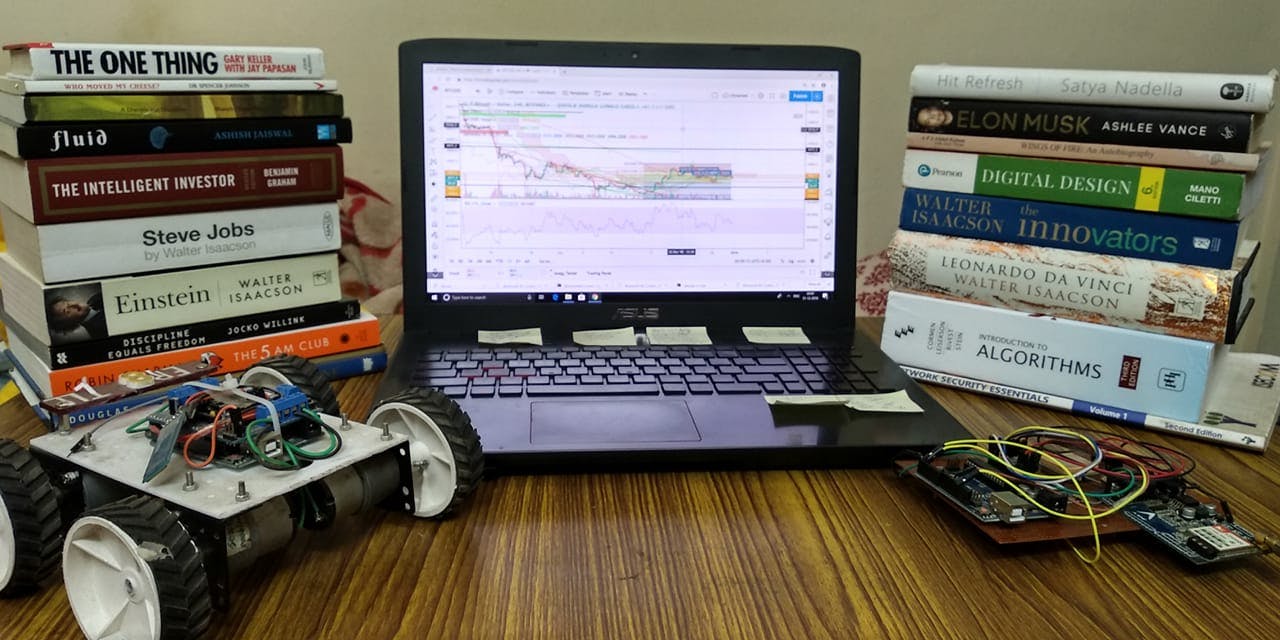Internet of Things
What are these colorful boards, and why do we need them?
Why do they exist?
Earlier, only specialized electronics engineers had the skill to prototype and build the required hardware solution as electronics engineering required tools which was unavailable to the masses along with the specific knowledge that takes years to accumulate.
To build digital hardware products, one needs knowledge of circulatory and electrical engineering, along with electronics engineering, which was a barrier for a lot of people; hence overtime engineers build multiple rapid prototyping boards that lower the barrier to entry by implementing all of the boilerplate stuff required to make a programmable circuitry with a capacity of processing, memory, I/O support, power distribution along with support for expansion boards and lot more. Hence these boards are nothing less than a computer, with the advantage of smaller size and a wide variety of exposed I/O ports rather than just USB ports found in consumer products.
It's possible to perform the majority of I/O tasks with USB alone, but most of the bandwidth will be unutilized for functions such as reading/writing signals from various sensors and actuators; hence different types of I/O ports/pins are available.
Variety and selection
The list includes but is not limited to Arduino Nano, Arduino Mega, Arduino MKR 1000, Raspberry Pi Zero, Raspberry Pi 4, ASUS Coral Dev, TM4C1294, SPC570S-DISP, AZ3166, Nvidia Jetson Nano, and a lot more.
Still, the selection depends on the needs and constraints, and the developer has to measure the tradeoff while preferring one over the other.
Were they always around us?
Electronics hobbyists had access to similar computers in the 1970s as well but they had a much higher barrier to entry and required much more knowledge of electronics circuitry to build hardware devices.
What is the Internet of Things at all?
A network of computers connected all over the globe is called the internet, but when these computers can measure different physical properties through sensors, actuators, and any hardware devices and communicate over the internet, we call it "The Internet of Things."
What's possible with it?
Anything that can be measured and interacted with can be automated and controlled with software; hence from automated farming to measuring health to programmable homes to automatic light works and fireworks to autonomous vehicles to autonomous cooking to automated manufacturing to toys to even controlling humans remotely.
Sample projects
Two of the projects that I captured are the MayDay device, "An SOS device that is capable of triggering automated emergency signals which can call support from the nearest support center along with sharing details with nearest volunteers, with real-time monitoring, vehicle status and lot more functionality" and the RC car that was controlled through Bluetooth with an android application.

